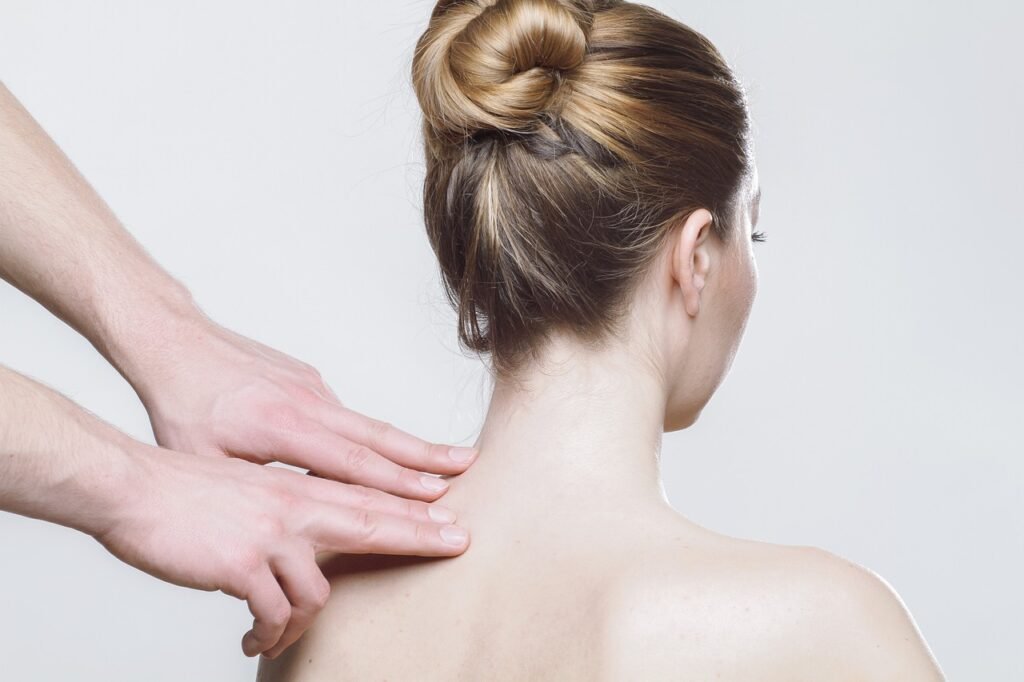
Have you ever found yourself wondering about the ideal temperature for cold water therapy? Many people have questions regarding the effectiveness of cold exposure, especially when it comes to specific temperatures such as 15 degrees Celsius. Let’s unpack this together!
Understanding Cold Water Therapy
Cold water therapy involves exposing your body to cold temperatures for therapeutic purposes. It has gained popularity due to its potential health benefits, which include reducing inflammation, improving circulation, and boosting the immune system. The practice may seem daunting at first, but many enthusiasts swear by its restorative effects.
What is Cold Water Therapy Used For?
You might be curious about why people engage in cold water therapy. There are several reasons, including:
- Reducing Muscle Soreness: Many athletes use cold water immersion to help shorten recovery time after intense workouts.
- Boosting Mood and Well-being: Cold exposure can trigger the release of endorphins, which may help improve your mood and reduce anxiety.
- Enhancing Immune Function: Some studies suggest that consistent cold exposure may boost your immune response.
Each person may have personal motivations, but the core aim is often centered around health and recovery.
The Temperature Debate: Is 15 Degrees Enough?
When it comes to the specific temperature for cold water therapy, 15 degrees Celsius (59 degrees Fahrenheit) often piques interest. The question remains: is this temperature sufficient for the intended therapeutic benefits?
Reviewing Cold Water Temperature Guidelines
There are various perspectives on what constitutes “cold” water. Let’s break it down further.
| Temperature Range (°C) | Perception | Uses |
|---|---|---|
| 0 – 10 | Very Cold | Ice baths, intense recovery therapies |
| 11 – 15 | Cold | Regular cold water immersion sessions |
| 16 – 20 | Cool | Mild exposure, more for refreshing than therapeutic |
According to this table, 15 degrees is on the cusp of what many would consider “cold.” It can offer benefits, but it may not provide the same intensity as lower temperatures.
Benefits of 15 Degrees for Cold Water Therapy
Here are some potential advantages of engaging in cold water therapy at 15 degrees:
-
Accessibility: For many, 15 degrees may feel more approachable than colder temperatures. It’s less intimidating for beginners but still provides some of the physiological benefits associated with cold exposure.
-
Adaptation: If you’re new to cold water therapy, starting at 15 degrees allows your body to adapt gradually. This may encourage regular engagement without overwhelming stress on your system.
-
Comfort Levels: Everyone’s threshold for cold varies. For some, 15 degrees may be entirely manageable, enabling longer durations of exposure, which can enhance benefits.

Safety Considerations
Whenever you are entering the realm of cold water therapy, it’s crucial to think about safety. You want to enjoy the benefits without exposing yourself to unnecessary risks.
Potential Risks of Cold Water Immersion
Just as with any health practice, there are risks to consider. Understanding these can help you approach cold water therapy more safely.
-
Hypothermia: Prolonged exposure to temperatures below your body’s normal range can lead to hypothermia, a potentially dangerous condition. Always monitor how long you stay in the water.
-
Respiratory Issues: Sudden exposure to cold water can cause a gasp reflex, which may lead to inhaling water. Take caution, especially if you are jumping in or submerging quickly.
-
Cardiovascular Responses: The shock of cold can influence heart rate and blood pressure. If you have underlying health conditions, it’s wise to consult with a healthcare professional.
Prepping for Cold Water Therapy
Preparation can make all the difference. If you decide to try 15 degrees for cold water therapy, consider these steps:
-
Warm-Up Beforehand: Engaging in light exercise increases blood flow, making the transition to cold water feel less shocking.
-
Ease In Gradually: Don’t plunge straight in. Start with your feet and work your way up to your torso, allowing your body to acclimate gradually.
-
Listen to Your Body: Pay attention to how you feel. If you start to feel numb or overly uncomfortable, it’s time to get out and warm up.
The Science Behind Cold Water Therapy
It’s fascinating how cold water can impact our bodies! Understanding the science behind this therapy can offer insights into why practitioners swear by its benefits.
Physiological Responses to Cold Exposure
When you expose your body to cold water, several physiological changes occur:
-
Vasoconstriction: Blood vessels constrict in response to cold, which can improve circulation once you exit the water and your vessels dilate.
-
Endorphin Release: Cold exposure has been linked to the release of endorphins, which can help combat feelings of stress and anxiety.
-
Increased Metabolism: Your body works harder to maintain its core temperature, which can lead to increased caloric expenditure.
Research Findings
Some studies have provided valuable insights into cold water therapy. While research is still ongoing, here are a few findings related to temperatures close to 15 degrees:
-
Reduced Inflammation: Research has shown that cold water immersion can help reduce inflammation markers in the body, potentially speeding up recovery times.
-
Mood Enhancement: Participants in studies often reported improved mood and alertness after cold exposure, correlating with the endorphin release mentioned before.

Comparing Cold Water Therapy with Other Methods
You may wonder how cold water therapy stacks up against other recovery methods like heat therapy or compression.
Advantages Over Heat Therapy
Although both heat and cold therapy offer benefits, you might find cold water therapy provides unique advantages:
-
Immediate Relief for Acute Injuries: Cold therapy is typically recommended immediately after an injury to minimize swelling, while heat can exacerbate inflammation.
-
Post-Workout Recovery: Cold water can help constrict blood vessels, reducing soreness more effectively than heat, which encourages blood flow.
| Therapy Type | Ideal Use | Benefits |
|---|---|---|
| Cold Water | Acute injuries, soreness | Reduces inflammation, enhances recovery |
| Heat Therapy | Muscle relaxation | Alleviates stiffness, promotes relaxation |
The Role of Compression and Cold Therapy
Combining cold water therapy with compression methods can also be effective in recovery protocols. Compression helps circulate blood and nutrients to muscles, while cold therapy minimizes inflammation.
Incorporating Cold Exposure into Your Routine
Integrating cold water therapy into your routine can be simple and beneficial. Here are some methods to consider:
Different Methods of Cold Water Exposure
-
Cold Showers: A good starting point for beginners, this method allows you to control the temperature and duration easily.
-
Ice Baths: Typically colder than 15 degrees, these baths are used by athletes but can be daunting. Start with shorter durations and work your way up.
-
Cold Water Swimming: If you’re feeling adventurous, swimming in natural cold water can be a thrilling way to experience the benefits.
Frequency of Cold Water Therapy
How often should you engage in cold water therapy? Many practitioners suggest starting with once a week and adjusting based on your comfort and recovery needs.

Personalizing Your Cold Water Experience
Everyone’s body reacts differently to cold exposure, so it’s essential to personalize your experience based on your unique reactions.
Noticing Individual Reactions
Keep a journal of your experiences with cold water therapy. Take notes on aspects such as:
- Duration of exposure
- Physical and emotional feelings during and post-session
- Recovery benefits you observe
These reflections can guide you toward an optimal routine that suits your needs.
Experimenting with Temperature
While 15 degrees may serve as a good starting point, don’t hesitate to experiment with slightly colder or warmer water. Take note of how each temperature feels and how it benefits your body over time.
Community and Support
Sometimes, connecting with others who engage in cold water therapy can enhance your experience. Consider joining a local group or online community.
Connecting with Others
-
Find Local Clubs: Look for swim clubs or cold exposure groups in your area to share experiences and tips.
-
Online Forums: Several online forums or social media groups focus on cold water immersion. Joining can provide encouragement and insights.
-
Attend Workshops: If you’re serious about cold water therapy, consider attending workshops or retreats that focus on this practice.

Final Thoughts
As you journey through the world of cold water therapy, remember that it’s all about what feels right for you. While 15 degrees Celsius can serve as an effective entry point for many, it’s important to listen to your body and respect your limits.
Trying new therapies can be exciting and intimidating at the same time. Start with caution, remain informed, and enjoy the potential benefits that come from incorporating cold water treatments into your wellness routine. Happy dipping!